
Some of the most popular superhero characters we have known tend to have superpowers related to different animals – Spider-man, Wolverine, Hawkman, Ant-Man, Cat-Woman, Vulture, and even Penguin, to name a few. While these are certainly cool fictional characters to be fascinated by, you would be surprised to know about the amazing and remarkable abilities many animals really have.
Here, we have compiled a list of few animals who have some truly unusual and intriguing senses. Rest assured that after reading this, you would love to possess some of these incredible animal super senses.

It is a known fact that sharks are the deadliest predators of the oceans. But what exactly makes them such great killers? Sharks have a highly specialized sense organ known as the ampullae of Lorenzini or 'Lorenzini jelly'. It fills a system of pores around the shark’s snout that enables it to detect electrical signals of their prey and also has the highest proton conductivity in the natural world.
As sharks swim towards their prey, this jelly aids them in identifying the electrical charge of the animal and the water around it. Basically, this works like a homing device and guides the shark in the direction of its prey.
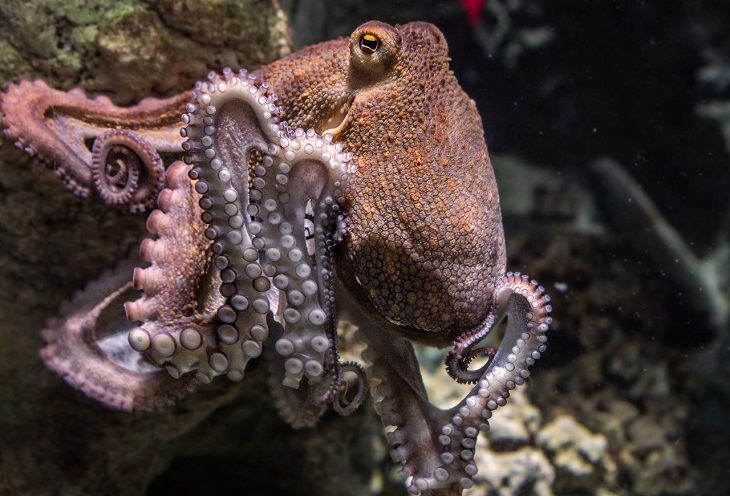
Octopuses have skin patterns that are invisible to the human eye. This is because they are hidden in light’s polarization - when all light is moving on the same level, we call it polarized light. The detection cells of the Octopus’ eyes are regimented and thus they can see polarized light as increasingly bright when their cells queue up with the direction of oscillation of the light.
This helps octopuses hunt better. Plenty of animals are transparent underwater, as they are nearly invisible to visible light in water. Interestingly, though, underwater light has a polarized component that octopuses can identify. Thus, when light passes through the body of a transparent animal underwater, its polarizations alters, and this allows the octopus to see and capture the prey.
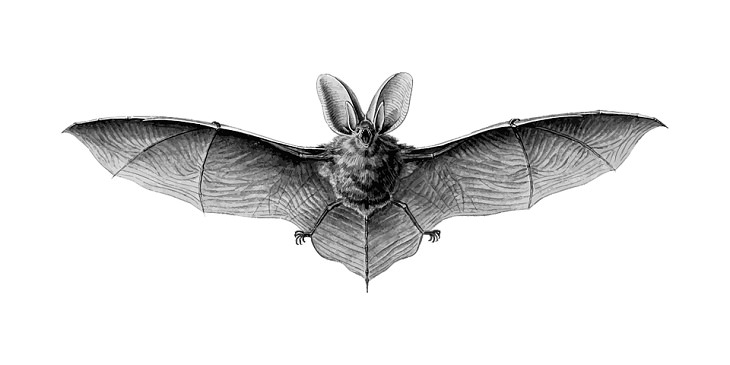
Bats are commonly believed to be blind. They are not, in fact. They do have sight. However, since their eyes are smaller and less potent than other predatory animals, they rely on an amazing ability to hunt using sound called echolocation. This means that they use sound waves and echoes to determine where objects, or prey, are in space. Bats send out sound waves from their mouth or nose to echolocate. When these sound waves hit an object, they generate echoes.
The echo then bounces off the object and returns to the bats' ears which enables them to discern the object – it’s shape, size, and location. This unusual ability is necessary for the bat’s survival, as it hunts in the darkness for food, and echolocation helps them find even tiny insects to feed on.
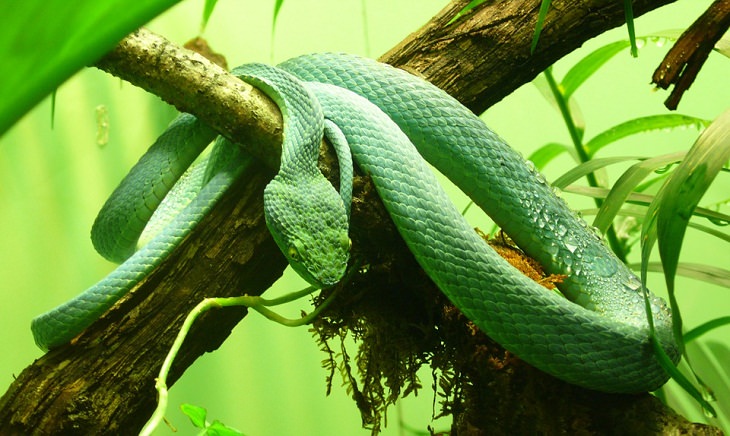
Some species of snakes have their own vision-correcting devices. In fact, pit vipers have night-vision goggles built into their faces. These snakes have a pit organ on either side of their heads. In each of their cavities, they have a membrane that can detect infrared light. In simpler words, they can see the heat that is being emitted by nearby prey.
Basically, they recognize temperatures instead of colors. While their pits aren’t concentrated well enough to guide the snake in the direction of the prey without a visual aid, they are extremely sensitive and can note even minute temperature variations. That is why pit vipers are such skillful predators.
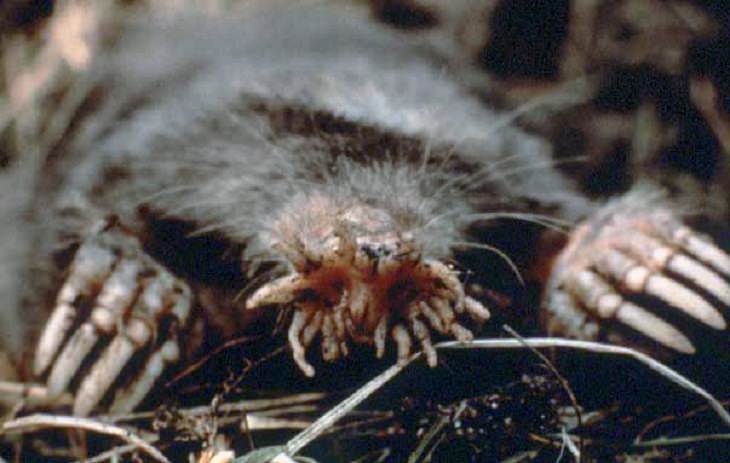
Image Source: Wikimedia Commons
Star-nosed moles are utterly strange-looking yet fascinating creatures that are different from any animal on Earth. They have 22 appendages around their nostrils, and these have more than 2000 touch receptors. Interestingly, the star-nosed mole’s “nose” is not an olfactory organ. In fact, it is a skin surface that facilitates touch. This little animal has more than 100,000 sensory neurons, which is one of the most sensitive and highly acute touch organs found on any mammal.
Since this mole’s eyes are almost useless, they use their ultra-sensitive snout to hunt and grab prey. When their snout touches the soil, a star-shaped mental image is created in their brain, which helps the mole understand its environment and locate and identify its prey.

African elephants have the best sense of smell in the animal kingdom, according to a study by scientists from the University of Tokyo. Elephants have almost 2,000 special genes that help them detect myriad odors in the environment – this is the largest number of genes dedicated to the sense of smell of any mammal. Yes, that is twice as many genes for differentiating odors than dogs have, who are famed for their super-smelling abilities.
Researchers have also found that elephants can use their noses to differentiate between different human ethnic groups. For instance, they can identify between the Kenyan ethnic group that regularly spears elephants and other groups that don’t pose any danger. These behemoths can also identify nearly 30 different family members from cues in their urine. The elephant's long trunk is a powerful smelling machine, and they are indeed the super smellers of the animal kingdom.
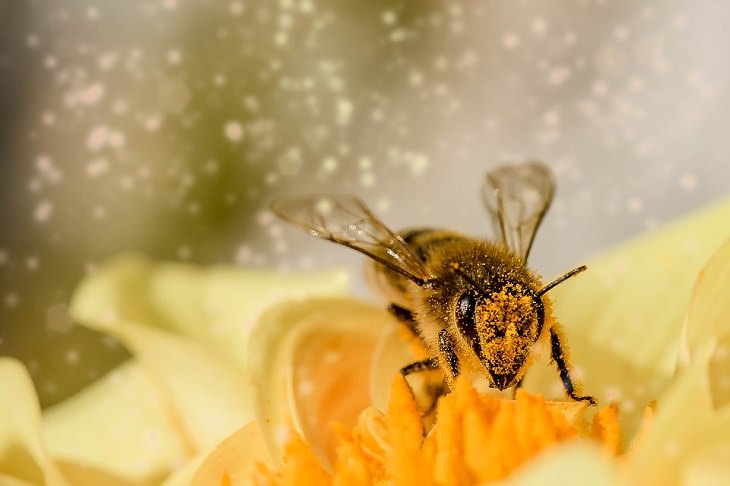
Honey bees are one of the few creatures of our planet that can detect the Earth’s magnetic field - some rodents, birds, fishes, reptiles, bacteria, and insects also have this ability. Honey bees use a magnetic structure in their abdomen which helps the insect to navigate smoothly and specify its location.
Researchers have noted that these bees have a small ring of magnetic granules of iron inside them, which is what gives them this exceptional and intriguing ability, also known as magnetoreception. This is a vital gift to have, as honey bees aren’t the sharpest creatures, and they need to remember where a source of food can be found and then return to their hive.
Related Articles:
Better Together: Animals Who Collaborate in the Wild